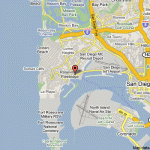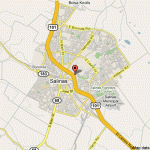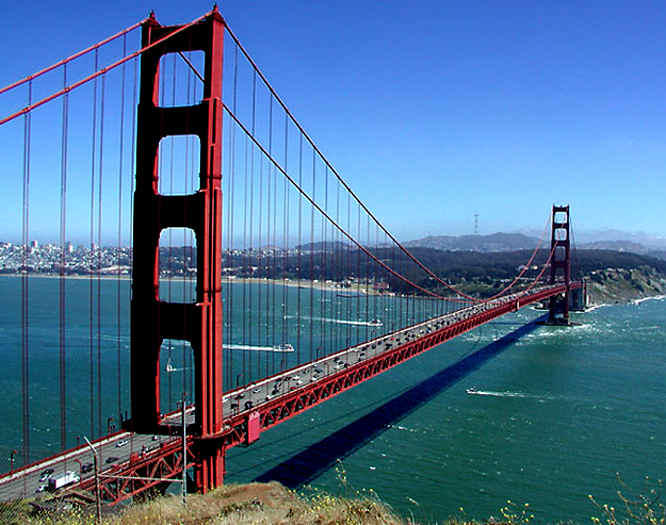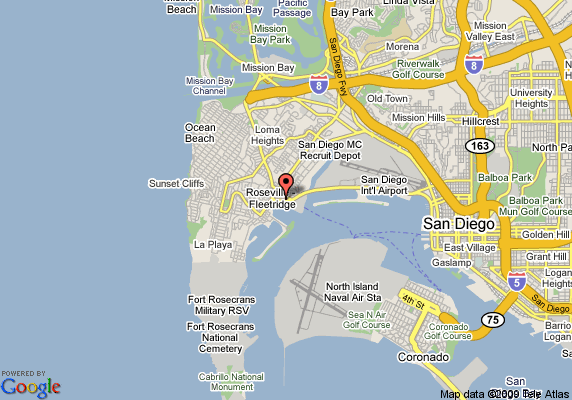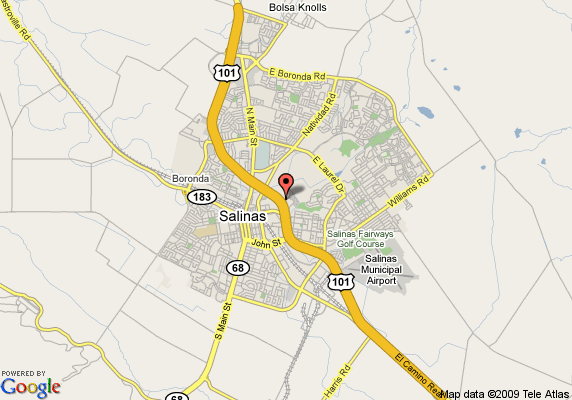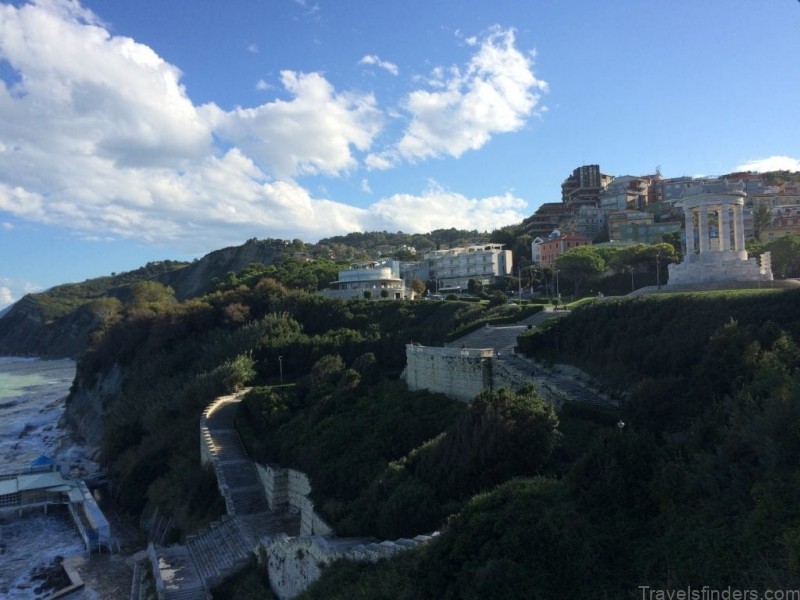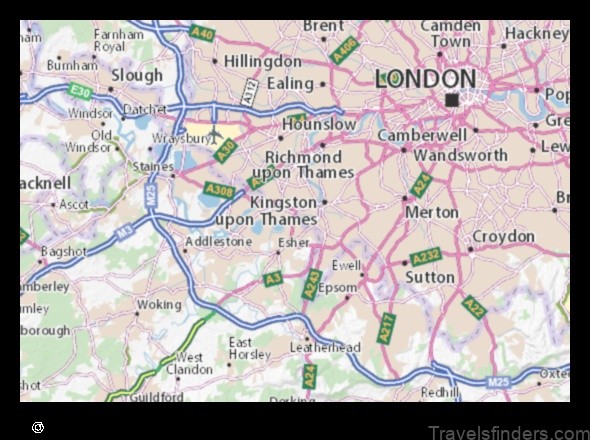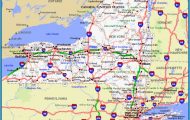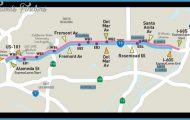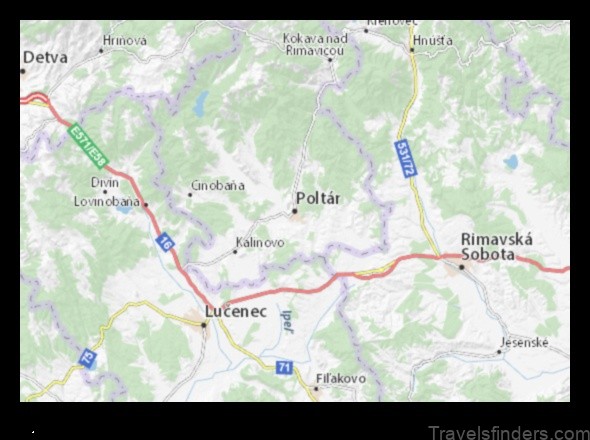California From Economic Prosperity to Depression
At the turn of the twentieth century, California’s economy was booming as a result of several factors. First, the transcontinental railroad was completed. The construction of this railroad facilitated the movement of people and goods across the country. As a consequence, Los Angeles was transformed into a bustling commercial hub. The railroad also contributed to the development of agriculture by facilitating transportation to processing and distribution locations. For ranchers, the railroad eased the burden of transporting cattle and sheep while opening up markets. Second, huge oil deposits were uncovered throughout the state, but mostly in southern Californiain places like Huntington Beach, Santa Fe Springs, and Long Beach. California became a large oil producer, helping to stimulate its economy. Third, agriculture took on growing significance in California’s expansive economy, to a large extent facilitated by the construction of the railroads, irrigation, and technological advances. In the central valleys, wheat became the most important farm product, while in southern California, citrus production came to predominate.
California’s prosperous and growing economy required more labor. The railroads facilitated the movement of Mexican migrants to help fill those needs. Soon Mexican migrants became indispensable to California’s agricultural economy. Also notable during this time period is the importation of Puerto Ricans to work in agricultural fields. Together, Latino and Asian labor provided the backbone of agricultural production.
The expansion of cities like Los Angeles, San Francisco, and San Jose was also facilitated by economic growth. Cities emerged around agricultural centers, railroad labor camps, and other economic industries throughout California. Latinos formed part of the integral fabric of these cities, settling near their places of work. In the cities, Latinos formed their own neighborhood enclaves, providing an environment where people shared a similar language, customs, and culture. While many Latinos chose freely to live in Latino enclavesor barrios, as they have come to be knownmany more were forced to live there through segregation. In Los Angeles, Latinos were excluded from white neighborhoods through racialized forms of exclusion that included violence and harassment.
Mexican migration to California increased significantly between 1910 and 1930. The largest contributor to rising Mexican migration was the Mexican Revolution; large numbers of Mexicans fled the violence and sought refuge in the United States. Even with this influx, California’s growing industries required more laborers. By 1915, the United States was busy mobilizing for war, stimulating the growth of new businesses that contributed to these efforts. These business opportunities also relied on Latino labor in California. However, as U.S. entry into World War I approached, the Immigration Act of 1917 was passed, largely in an effort to restrict European migration into the country.
Specifically, the law included an entry fee (head tax) and introduced a literacy test for prospective migrants. This act had a tremendous impact on Mexican migration and hence on California’s economy. Because many Mexicans could neither afford the exorbitant head tax nor read, migration dropped severely. California’s agricultural industries were particularly affected by the sudden shortage of labor. Given the importance of agriculture for feeding a population ready for war, a proviso was enacted that exempted Mexican agricultural and railroad workers from the requirements of the 1917 Immigration Act until 1921. It was later extended for one more year, until 1922. As a direct consequence of the proviso, the first labor program was initiated. Thousands of Mexicans registered to work; many more came undocumented. At the end of the program, many Mexicans did not return, but no overt pressures were placed upon them to return, because they filled an occupational niche not coveted by most U.S. citizens, including returning soldiers after the war.
In 1924 another immigration law was passed that set limits on Asian and southern European migrants; again Mexicans were excluded from such restrictions. By the mid 1920s, California’s Latino population had skyrocketed. By 1930, more than 30 percent of the Mexican migrant population resided in California.


